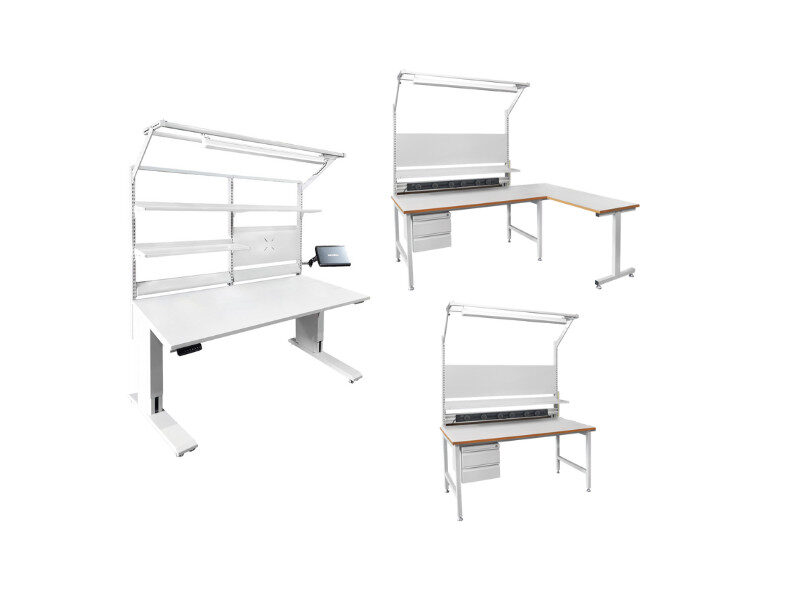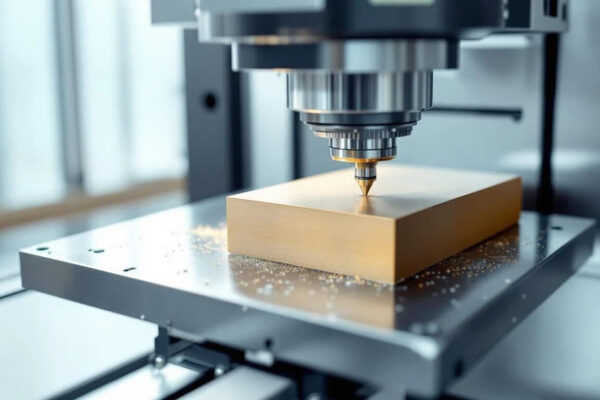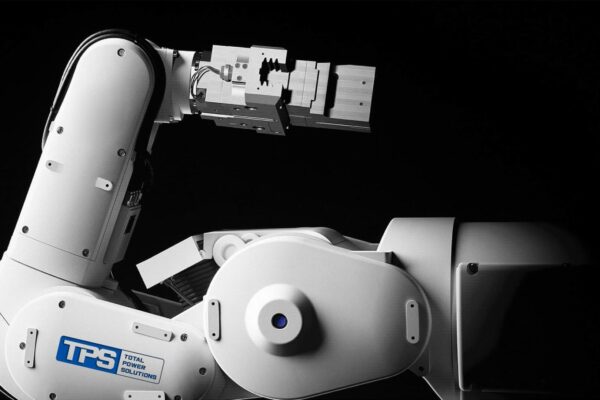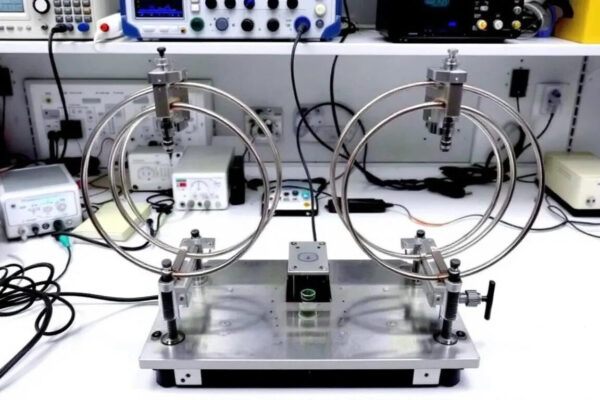An ESD table is the backbone of a static-safe workspace, designed to shield sensitive electronics from damage caused by electrostatic discharge (ESD).
Whether you’re searching for a workbench for sale, ESD work bench, technical bench, or a versatile workbench desk, this guide explains how these surfaces function, which features matter most, where they’re used, and how to choose the right model all aligned with the terms you’re exploring.
Key Takeaways
- ESD Basics: ESD stands for Electrostatic Discharge — a silent threat that can damage sensitive electronics even with minimal voltage. Anti-static workbench solutions neutralize this risk through conductive materials and proper grounding.
- Core Components: A reliable ESD workstation features conductive surfaces, solid grounding, and compatible accessories such as ESD mats for tables.
- Industry Fit: From compact repair benches to heavy-duty setups for aerospace, every sector has its own requirements.
- Smart Buying: When browsing workbenches for sale, prioritize ANSI/ESD compliance, suitable weight capacity, and ergonomic adjustability.
Understanding ESD Tables
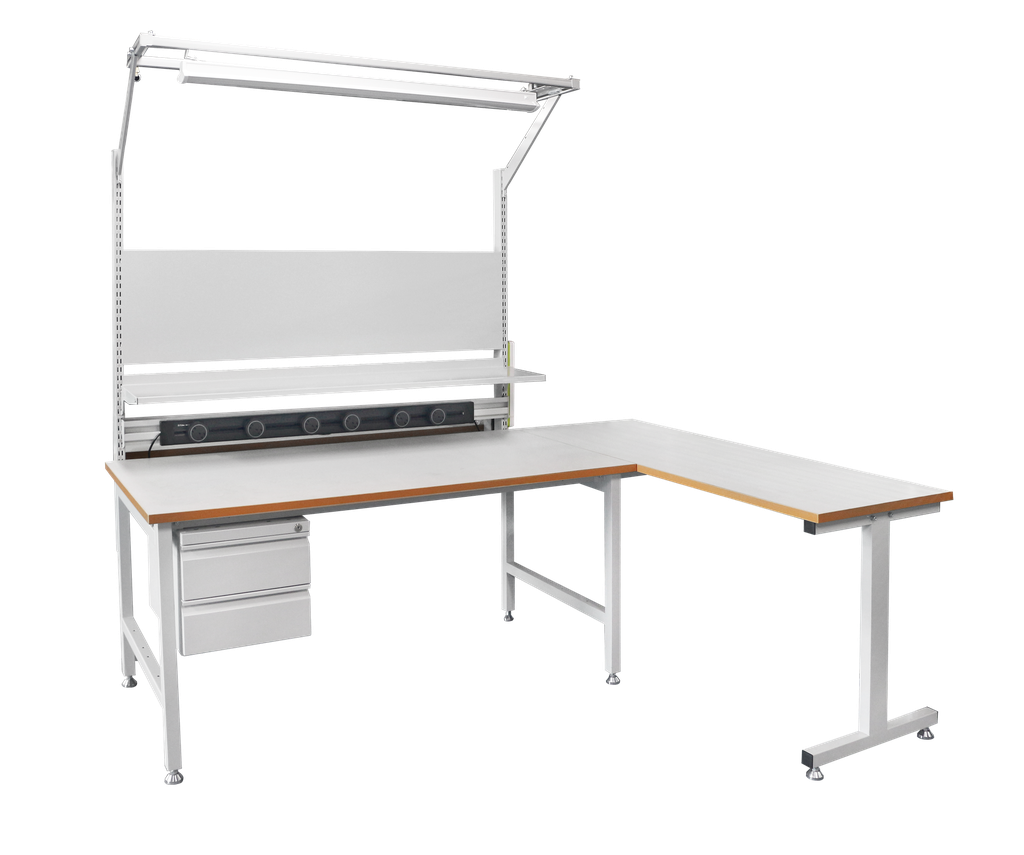
ESD tables are essential for preventing static electricity damage to sensitive electronic components.
Electrostatic discharge (ESD) occurs when electrical energy transfers between objects — even small voltage differences can harm components. This makes effective ESD control crucial in any electronic workspace.
ESD workbenches are purpose-built to mitigate static electricity using carefully selected materials and grounding systems. Understanding how they function and which industries depend on them helps you make an informed decision.
How ESD Tables Work
ESD workbenches combine several design features to maintain a static-safe environment:
- Conductive surfaces and grounding systems that dissipate static electricity
- ESD laminate surfaces that minimize discharge risk
- Accessories such as ionizers, wrist straps, and grounded storage that enhance safety during assembly or testing
Together, these elements form a controlled environment that protects sensitive devices from electrostatic damage.
Key Industries Using ESD Tables
Industries such as electronics manufacturing, aerospace, and medical device production rely on ESD workbenches to maintain compliance with strict standards like ANSI/ESD S20.20.
Electric height-adjustable benches are ideal for shared or multi-shift environments, allowing workers to alternate between sitting and standing positions for improved ergonomics.
Essential Features of ESD Tables

When selecting an ESD workstation, consider:
- Size & load capacity to fit your application
- Usage frequency and durability needs
- Grounding systems and safety measures
- Ergonomic features such as adjustable height
These aspects ensure comfort, safety, and reliable static control.
ESD Laminate Surfaces
High-quality ESD laminates:
- Control static buildup and discharge
- Use electrostatic-dissipative layers to protect components
- Offer durability for high-traffic use, especially when combined with ESD mats
Ionizers and wrist straps further enhance protection by neutralizing charges and keeping personnel safely grounded.
Grounding Mechanisms
Proper grounding ensures the safe dissipation of static charges.
Typical mechanisms include grounding cords, mats, and common ground points that create a continuous path for charges to flow safely to earth.
ESD Safe Accessories
An effective ESD setup often includes:
- ESD work surfaces
- Common grounding points
- Verified accessories such as wrist-strap connectors, ionizers, and ESD casters
Frame designs can also be tailored for accessibility and efficiency:
- Cantilever frames maximize legroom.
- Center-justified frames allow two-sided access for collaborative work.
- Custom Frame designs provide 360° usability and optimized workflow.
Choosing the Right ESD Table

Selecting the right table prevents damage during assembly, testing, or handling. Focus on:
- Conductive layers (e.g., embedded carbon) for static dissipation
- Surface resistance between 10⁶ and 10⁹ ohms
- Product quality, customization, lead time, and price
Weight Capacity and Frame Styles
- Medium-duty frames: up to approx. 500 lb
- Heavy-duty frames: up to approx. 1,200 lb
The correct frame depends on the tools, fixtures, and materials in use.
Height Adjustability
- Electric height adjustment: ideal for multi-user or sit-stand environments
- Manual adjustment: suitable for single-user setups where changes are infrequent
Customization Options
Customizable workstations can include adjustable shelving, integrated storage, bin rails, and 3D configuration tools that help tailor the bench layout to your operational needs.
Maintaining and Cleaning ESD Tables
Routine maintenance preserves anti-static performance. Focus cleaning on:
- Work surfaces
- Handles and controls
- High-contact areas
Always use ESD-safe cleaning products, avoiding harsh chemicals that could degrade protective layers.
Routine Maintenance Checks
Regularly verify:
- Grounding integrity
- Surface condition
- Functionality of mats and wrist straps
Visual inspections help detect wear that might reduce ESD effectiveness.
Compliance and Safety Standards

Adhering to standards ensures long-term reliability and product safety.
Regular inspections and surface integrity checks help maintain consistent ESD protection and prevent costly failures.
ANSI/ESD S20.20 Compliance
This standard provides a framework for establishing, documenting, and maintaining an effective ESD control program.
Organizations handling sensitive electronics should align with these requirements to ensure reliable protection.
Workplace Safety Best Practices
To maintain ESD control and employee safety:
- Maintain humidity between 40–60 %
- Use and regularly maintain ESD-safe tools
- Plan workspace layout and grounding systems carefully
Summary
Selecting and maintaining the right ESD workbench or industrial workstation is crucial for protecting electronics and improving efficiency.
By understanding ESD principles, prioritizing compliance, and applying best maintenance practices, you can make confident, informed buying decisions.
An ESD table is more than just furniture, it’s an essential safeguard for your components and productivity.
Frequently Asked Questions
What does ESD stand for, and why does it matter for workbenches?
ESD stands for Electrostatic Discharge — static electricity that transfers between objects. Even small voltages can damage electronics. ESD-safe workbenches prevent this through conductive materials and grounding.
What’s the difference between an electronic workbench and an ESD workbench?
An electronic workbench provides a general workspace for electronic tasks. An ESD workbench adds anti-static features — conductive surfaces, grounding, and ANSI/ESD compliance — to protect components.
What features should I look for when buying an ESD workbench?
Choose benches with ESD laminate surfaces, reliable grounding, compatible accessories (ESD mats, wrist straps), and compliance with ANSI/ESD S20.20. Consider load capacity and adjustability as well.
Do I still need ESD mats if my bench is ESD-safe?
Yes. ESD mats offer an extra layer of protection, shielding surfaces from scratches and ensuringconsistent grounding for tools and parts.
Which industries benefit most from ESD workstations?
Electronics manufacturing, aerospace, medical technology, semiconductor, and telecommunications industries all rely on ESD-safe setups to prevent costly component failures.

